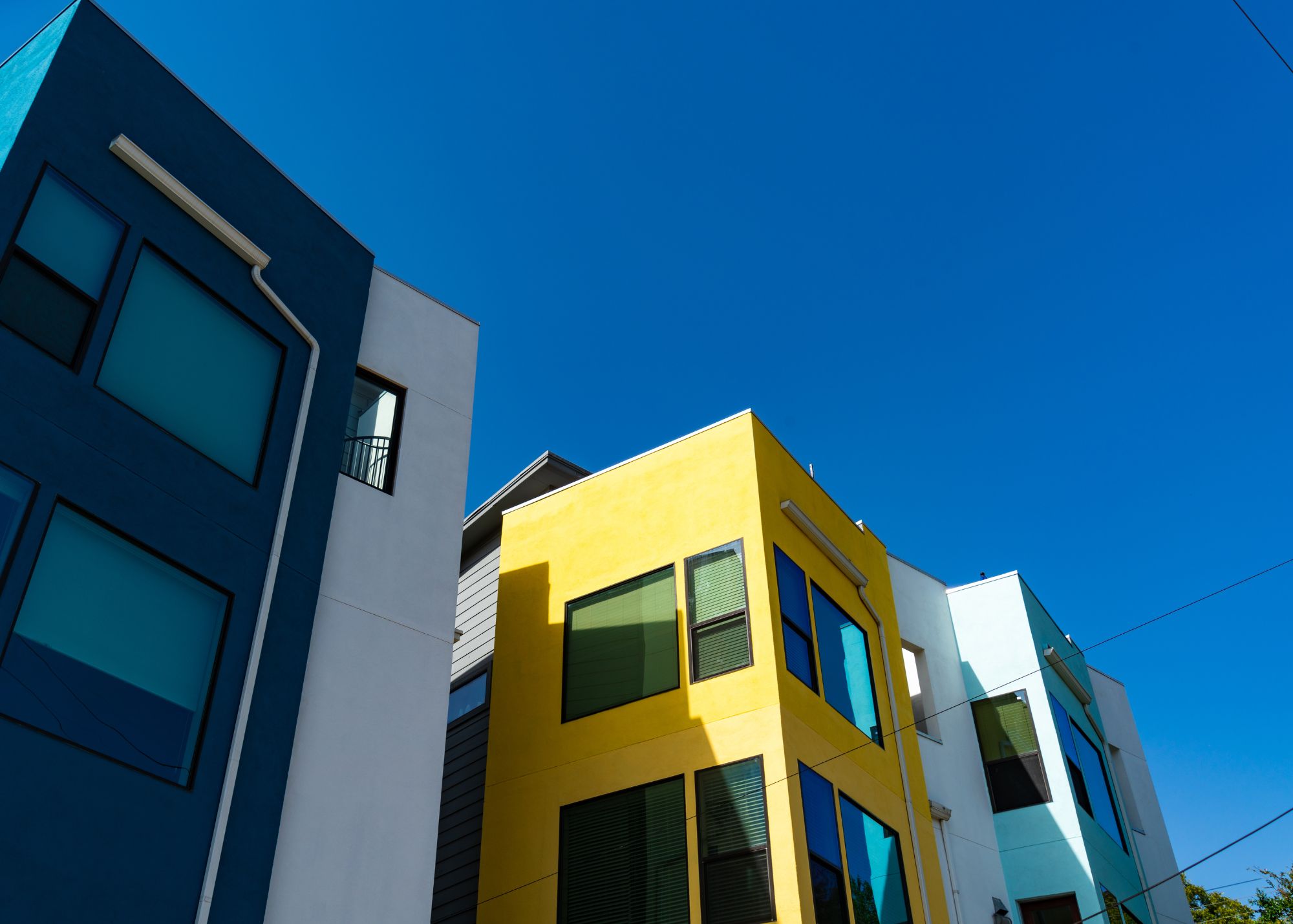I was recently talking with an aspiring real estate investor who wanted advice on how to finance a 5-unit building they were looking at. My advice was pretty simple: 5-units are the worst real estate investment you can make, and that I’d think long and hard about moving forward.
Now, I know many people that are very successful in buying small buildings and playing in the “middle market”—that I’ll define as 5-units to 75-units. However, I consider that area No Man Land and something that we avoid when we look for opportunities.
In our real estate journey, we went from buying duplexes and fourplexes to leapfrogging into the 200 unit space. We closed on a 202-unit in June and have a 192-unit currently under contract. Here are my top 5 reasons for avoiding the middle market and playing either very small or very large.
Financing.
4-units (and below) are treated as residential properties, which means you can get personal loans to finance them. Personal loans equate to 30-year fixed rate mortgages—which is going to help your immediate
cash flowThe money that is left over each month or year from the property's income after paying for operating costs, mortgage, taxes, and other expenses. Positive cash flow occurs when the income exceeds the expenses, while negative cash flow indicates that the property's expenses are higher than the income it generates. View Definition and allow you to lock in historically low rates. Once you reach 5-units, you are into the world of commercial financing—where you’re looking at 5-10 year loan terms, 20-25 year amortization schedules and floating interest rates all dictated by a local bank. This increases risk, lowers cash flow and makes it more difficult to find deals that work, not to mention you sign up for full-recourse debt, which makes you personally liable for the balance of the loan should something bad happen.
With larger properties, you are able to attract loan terms that are much more favorable.For our current 192-unit deal, we are getting a Freddie Mac-backed loan, with a 30-year amortization, fixed rate for 7 years, 2 years of interest only payments—and the whole loan is non-recourse. A big advantage of investing in real estate is using leverage to your advantage—bigger properties allow for maximum leverage and the best terms.
Efficiency.
This is basic economy of scale at work, and the bigger the property the more efficiently it operates compared to a smaller complex. This is true both in the return on investment, but also in the return on your time.
Think about things like roofs, parking lots, irrigation systems, siding, etc.All of those things have a fixed cost to them and a useful life.At some point, they will all need repairs or replacing.The more units you can spread that cost around to, the more efficiently it operates.The cost to replace the roof for a building that houses 12-units is not 12x more expensive than a single family roof.But you do have 12 residents paying rent that helps offset that cost. Think about a community pool—how much does it cost to operate that pool?The fixed cost is the same whether you have 50 units or 100 units; your cost per unit is cut in half.
There is a similar correlation to your return on time (ROT).As both an investor and an operator, it takes the same amount of time to find, underwrite, and close on a 25-unit deal as it does a 200-unit deal.The investment documents will be of similar length, the amount of due diligence you need to conduct is the same.You receive a far higher ROT when you look at bigger properties.As the most precious resource in our lives, who doesn’t want to get the biggest return possible on their time?
Property management.
Once a property is about 75 units, it’s big enough to support on-site, professional management—where the property itself pays for the salaries and benefits of the staff that keep the property operating. Anything smaller than that, you are going to have off-site management that might only visit the property once a week or less. Now not only are you less attentive to the ins and outs of your asset, but less responsive to the needs of your residents.
Our 3rd party management company prefers to only do 100+ unit buildings, precisely because of the lack of efficiency and they know its not as profitable for them or their clients.As you get into bigger and bigger properties, you simply hire more staff (maintenance and leasing personnel) to operate the property, sharing those costs across all of the units.
Amenities.
The bigger the complex, the more community amenities you are going to be able to offer residents. A 20-unit complex is not likely to have much to offer in that department—at best a small pool or a laundry facility. However, with bigger complexes you can feature and market amazing amenity packages. Resort style swimming pools, tennis basketball or volleyball courts, outdoor cooking and grilling areas, dog parks, fitness centers, etc. Part of our model is to update, improve and add community amenities, which gives us a competitive advantage of smaller properties with no community space.
Valuation.
When you buy a 100+ unit property, you are buying a self-sustaining business. Like other businesses, it is valued based on the Net Operating Income the business produces. Our model is to buy an underperforming complex, improve the quality of the complex and the operations to increase the NOI. That is going to force
appreciationThe increase in the value of a property over time, usually due to factors such as market demand, economic growth, infrastructure improvements, and inflation. View Definition, and the next owner will pay us based on how the complex is currently performing financially.
A 5-unit property is going to be worth about the same amount as neighboring properties, regardless of what improvements you make. There is some correlation to your NOI, but its much more driven by market pricing.For the larger complexes, it has less to do with neighboring properties and more to do with the value we’ve created by operating an efficient business.
People used to look at me like I was crazy when I told them our story of going from 4-unit buildings to a 200-unit complex. But once you understand the benefits on going big, the phrase “go big or go home” makes a lot more sense.








